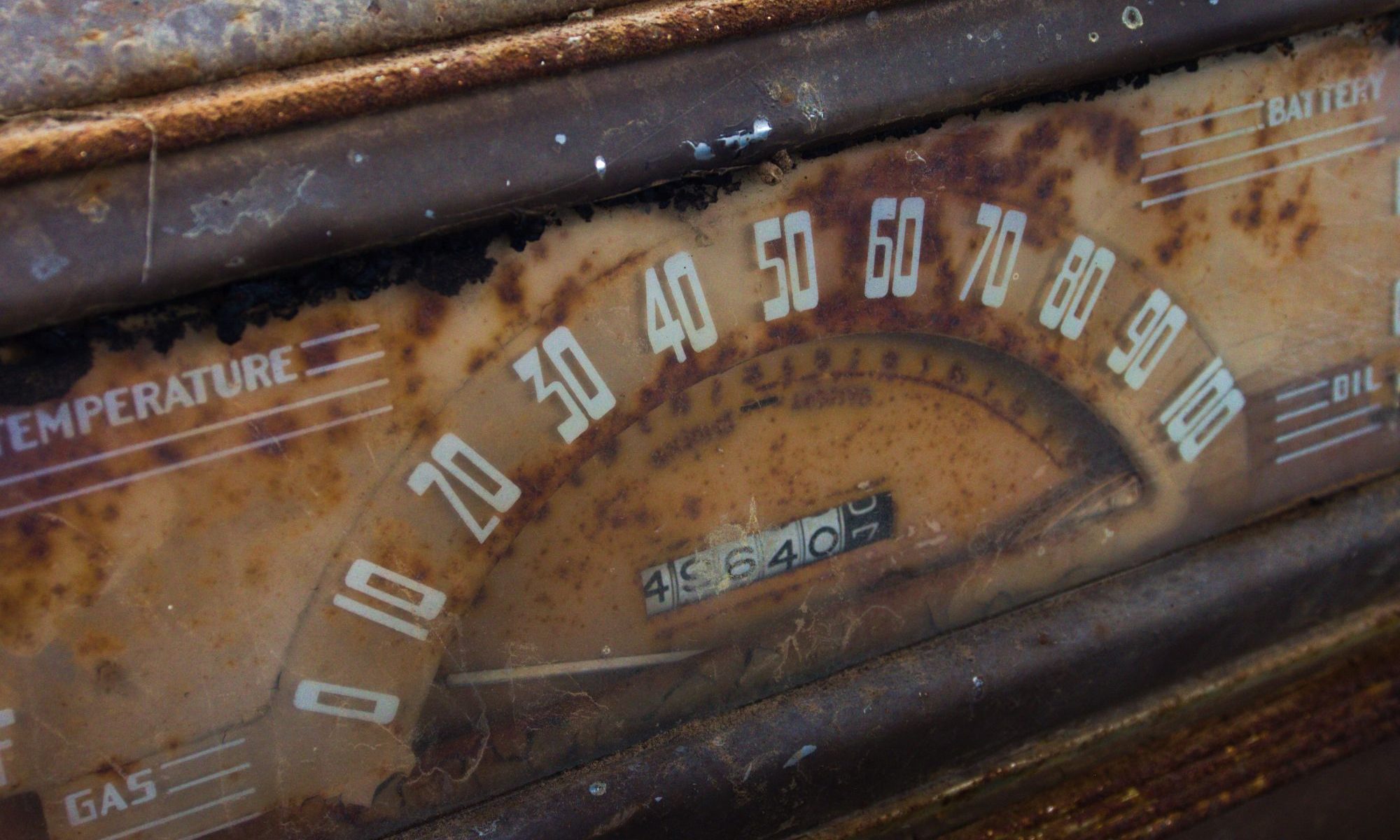I have to admit that I am a Facebook user. So the other day the Facebook algorithm decided to show me a video of Jason Ladanye performing a self working card trick that uses a 4×4 grid of cards. See https://www.youtube.com/shorts/-PWpDE6w-Ns?feature=share. It is a great self working trick, but I rarely have the performing space for a 4×4 layout of cards.
So I do the same effect with a 2×2 grid. Here are the instructions.
Continue reading “Card Tracking Trick”